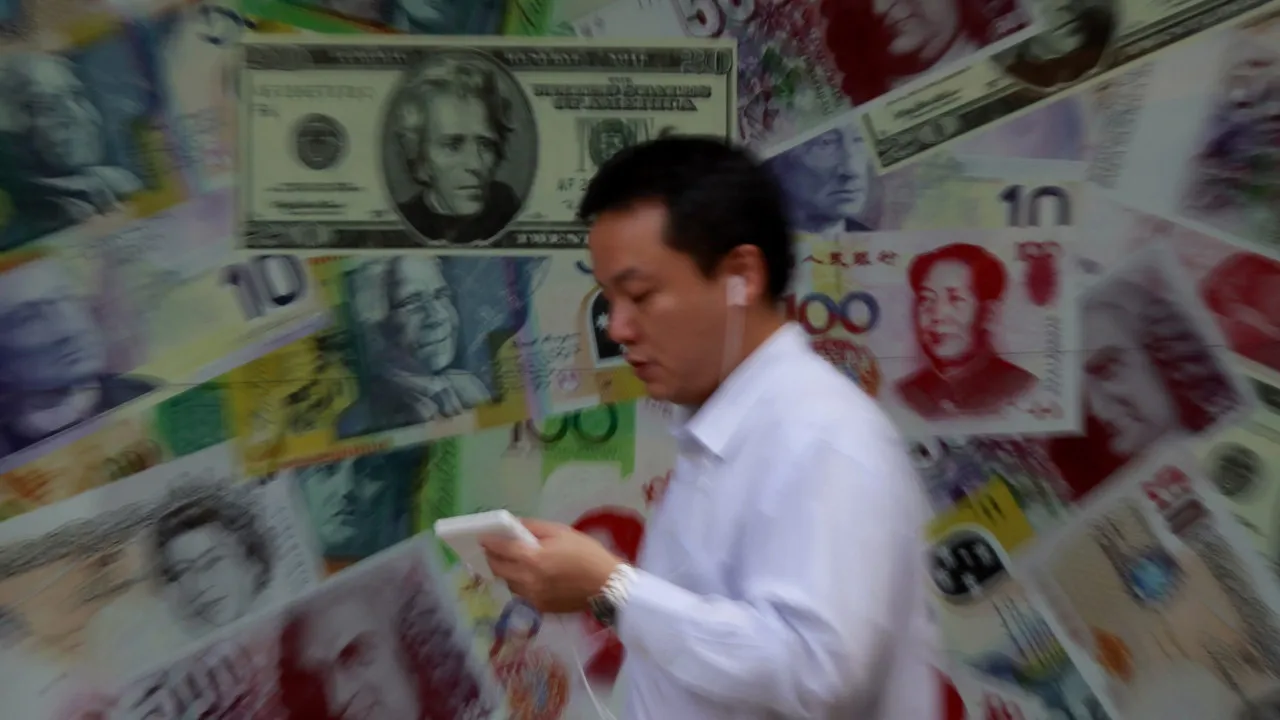
The announcement was made during the opening of the Lujiazui Forum, an annual event focused on reforms in China’s financial system. At the event, the governor of the People’s Bank of China, Pan Gongsheng, also unveiled other initiatives, such as the creation of a data repository for interbank market transactions and new structural monetary policy tools.
The measures aim to improve financial supervision and promote innovation in areas like international trade and digital finance. This includes the creation of a credit information agency and the encouragement of using the Chinese currency in foreign exchange futures contracts.
Pan stated that the center for the digital yuan, known as e-RMB, aims to “facilitate the development of digital currency-related services in international markets.”
The official emphasized that the transformation of the monetary policy framework is “a gradual and continuous process,” adding that the central bank will continue to evaluate and adjust its instruments to sustain financial stability.
The initiative comes as Beijing seeks to bolster the yuan’s global role amid trade tensions with the United States and following Western sanctions on Russia.
In 2024, the use of the Chinese currency in cross-border transactions reached record levels, driven by exchanges between China and Russia.
The growth in trade settled in yuan was also boosted by currency swap lines Beijing established with Saudi Arabia, Argentina, and Mongolia. New yuan clearing banks were also set up in Laos, Kazakhstan, Pakistan, Brazil, and Serbia.
Globally, however, the yuan accounts for only 4.74% of international payments, behind the dollar, euro, and British pound, according to the latest data.




